Designer Malene Barnett Goes Full Spectrum With Color in Her Bed Stuy House
Inspired by the Caribbean, an artist’s Bed Stuy home was a chance to start fresh and create a modern space.

The gold sofa is vintage. Both paintings are by Barnett; the rug is her design. Photo by Lesley Unruh
You can’t judge a book by its cover, but with its turquoise door and yellow stairs, the facade of Malene Barnett’s Bed Stuy home tells you something about what awaits inside. “That was my way of giving you the sense that you’re going to enter something a little different,” says Barnett. “I wanted it to feel like I was in the Caribbean. That’s my way of reminding myself of my goal,” she adds with a laugh, “to have a house in the Caribbean.”
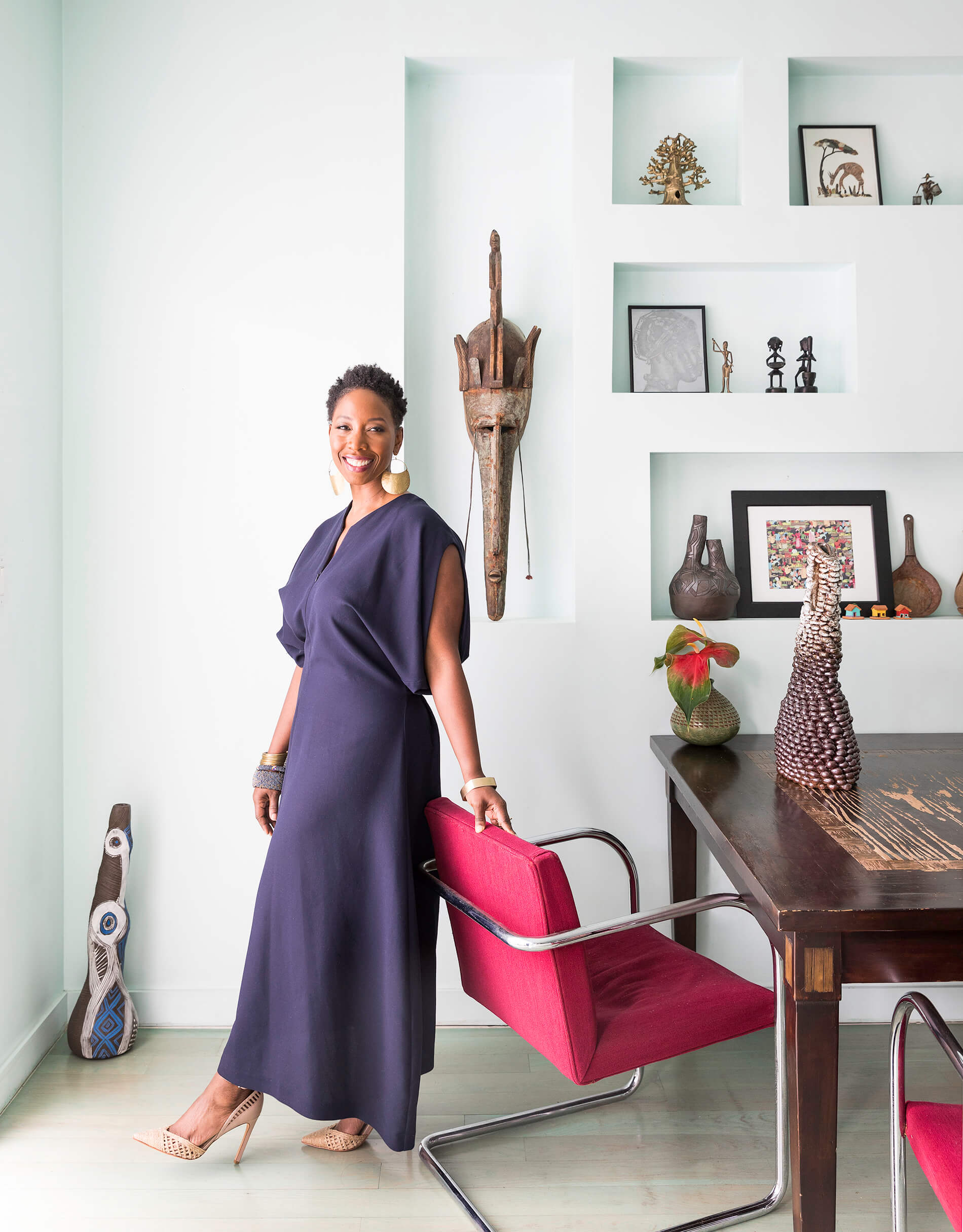
Barnett bought the house in 2008. It was an ambitious purchase for a starter home, especially given her relative naiveté about what home ownership would entail. “I didn’t know anything about renovating. I didn’t know what it was going to involve,” she says. “And I’m glad I didn’t know, because I probably wouldn’t have done it.” Her principal objective was to invest, not simply financially, but in another, more meaningful way: Barnett knew the stability of a home of her own would counter the inherent risk in life as an artist.
Barnett has been an active figure in the design business for years, creating rugs, tiles, and wallcoverings under the moniker Malene B Atelier. But in addition to her work as a craftsman, she is a fine artist. “I call myself an artist and a designer,” she says. “They’re interchangeable for me. I create all the art for my design product — that’s how it starts. Whether it’s a rug or a wallpaper or tile, it all starts from the art.” Her Brooklyn home is colorful and eclectic, but more than that: It’s a statement about who Barnett is as a creator.
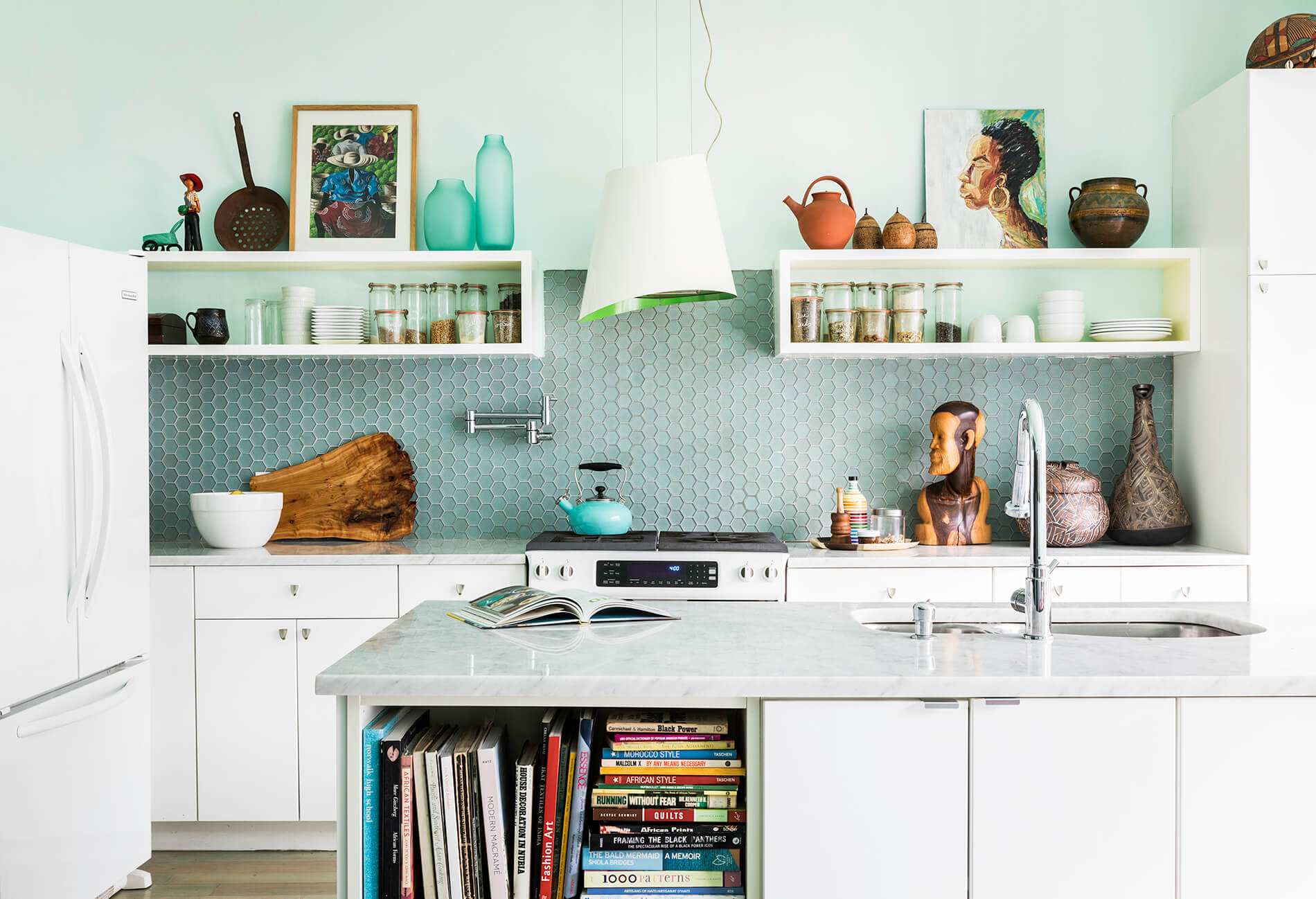
Originally, the homes in this part of Brooklyn were full of intricate plaster moldings and elaborate woodwork. Some contemporary owners covet such details, but Barnett is not among them. “I don’t care for those traditional features — that’s just not my style. I was really happy that I could start fresh and create a modern space,” she says. The house was essentially uninhabitable when Barnett first found it, so her renovation focused on expanding the building’s footprint and making it livable.
Instead of architectural ornament, the eye is drawn immediately to color: the blue of the living room that recalls tropical seas and skies, the sweet tones of the stairwell that almost taste of fruit, the subtle wash of green in the kitchen that has a fresh, vegetal quality. Barnett hasn’t limited the color to the walls, either. Artwork and upholstery introduce complementary or even contrasting shades. It’s all mixed together confidently, and the rooms are inviting rather than overwhelming.
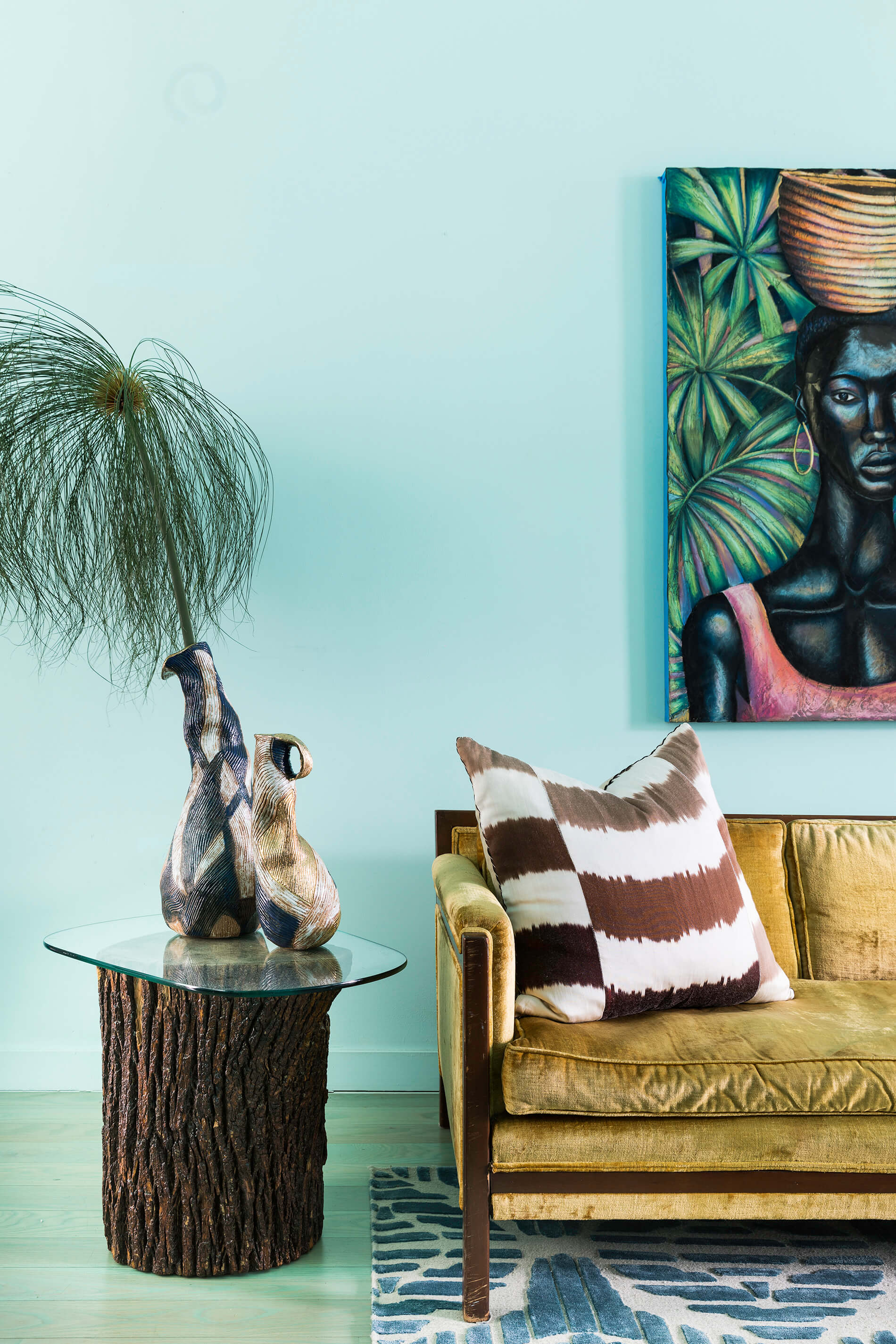
Though it’s been home for more than a decade now, the place continues to evolve. Barnett points out that renovating and decorating should be a process, one that’s deliberate and takes time. “It’s not like a TV show, where it’s done in an hour,” she says. “And besides the money, it can be an emotional journey. You have to have a lot of patience. Even to this day, I continue to learn from my house.”
Barnett is currently renovating the home’s exterior spaces, and has plans for small alterations inside as well. They’re the kinds of projects that arise because life’s only constant is change, and a home should evolve too. If her home is a reflection of her life as an artist, it stands to reason that the space would change to mirror her own professional evolution.

Maybe after 10 years or so, a desire for change is inevitable. “I wanted to get back to fine arts because I had been in design for so long, but I was missing the urge to be creative in a more organic way,” she says. “The work I had been doing with my rugs, the creativity has been so influenced by the interior designers I work with.” Interior design commissions must of course meet the specifications of a partner designer (not to mention their client), which is counter to the impulse of an artist who follows only her instinct and desire. If Barnett sees herself as artist and designer in equal measures, there’s a fundamental difference between a work of art and a design project. “With rugs, most people are not looking at them as a work of art. Even though that’s how I’ve always viewed them,” says Barnett.
Seeking a new challenge, Barnett began working with clay, a medium she’d not explored as a student. There was a learning curve, of course, but the opportunity to step away from her computer was galvanizing. “For me to go back to really getting my hands dirty — I felt back at home,” she says. She’s incorporated many of her newest works into her home.

Barnett, an entrepreneur at heart, has also taken on a whole new role in the business of design. Last year, she founded the Black Artists + Designers Guild, a collective of black professionals — architects, interior designers, artists and artisans of almost every stripe. The organization’s aim is straightforward: to assert the existence of a growing body of design professionals who are also black. The guild is a resource — for the homeowner or hotel chain in search of a new designer, for the magazine editor in need of an expert to quote. It supports the black people in the design trade while also showing there’s no single black point of view.
“When it comes to black culture in design, we’re not even considered,” Barnett says. “We’re labeled for something that we’ve never been — we don’t even talk about ourselves in this way, as ‘ethnic’ and ‘tribal’ — and we’re put in this category that’s outside.” The BADG is a riposte to this attitude. The rise and continued prominence of Brooklyn design, of which Barnett’s home is so vibrant an example, is itself proof that a black point of view is inextricable from the larger cultural tradition in this country. Bed Stuy is an historically black enclave, and black people — both African American and immigrant — have long been a part of what makes Brooklyn so unique. In 2019, the Brooklyn brownstone is the beau ideal of urban life: That is a tradition and look that has been honed and shaped by generations of black Brooklynites.
The organization will hopefully grant its professional members both exposure and new income, but maybe it has a more important function too. “When I was a young girl in school, I was looking for someone who looks like me,” says Barnett. “And the one or two that I found, that’s all I had. It doesn’t have to be like that now.”
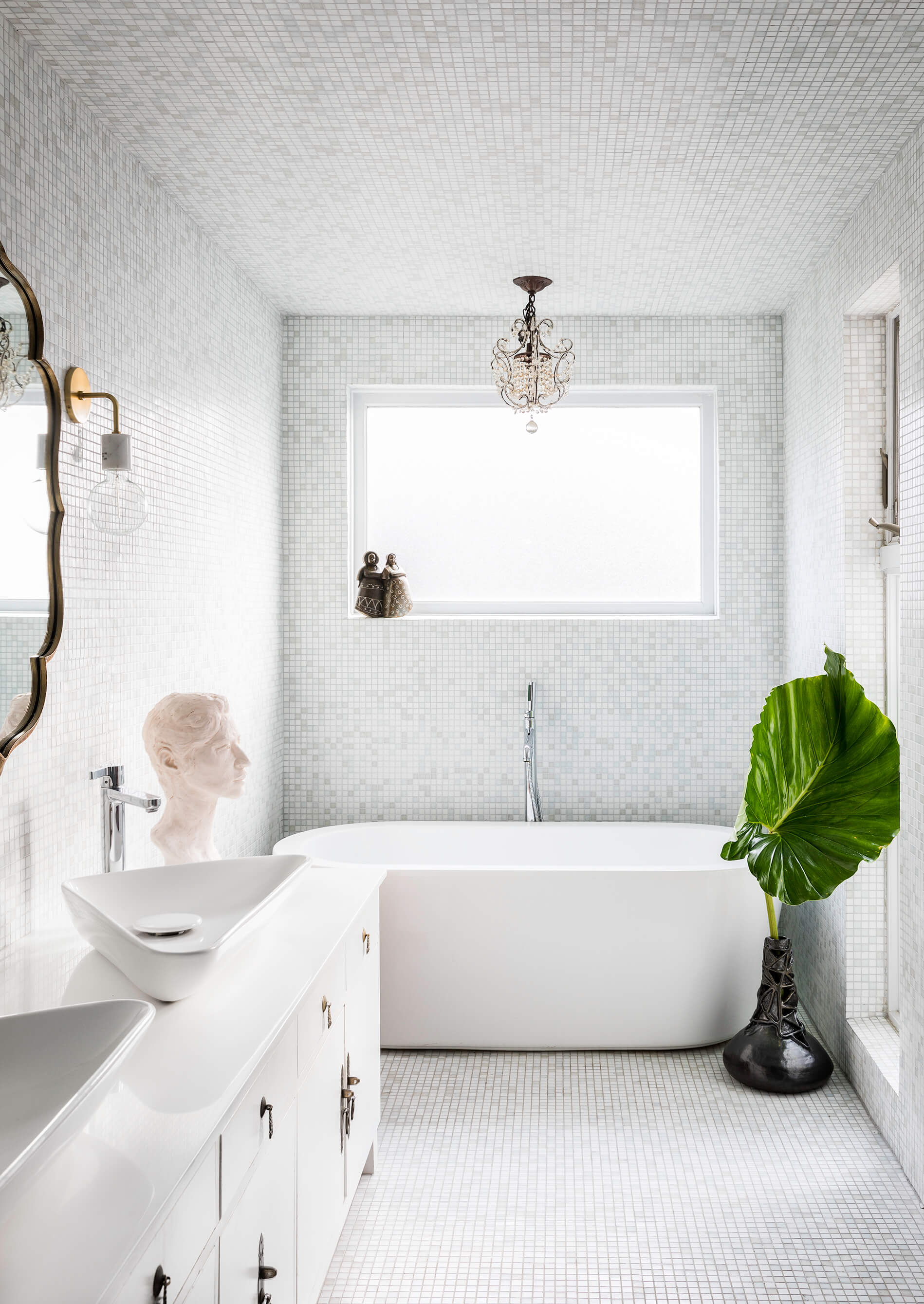
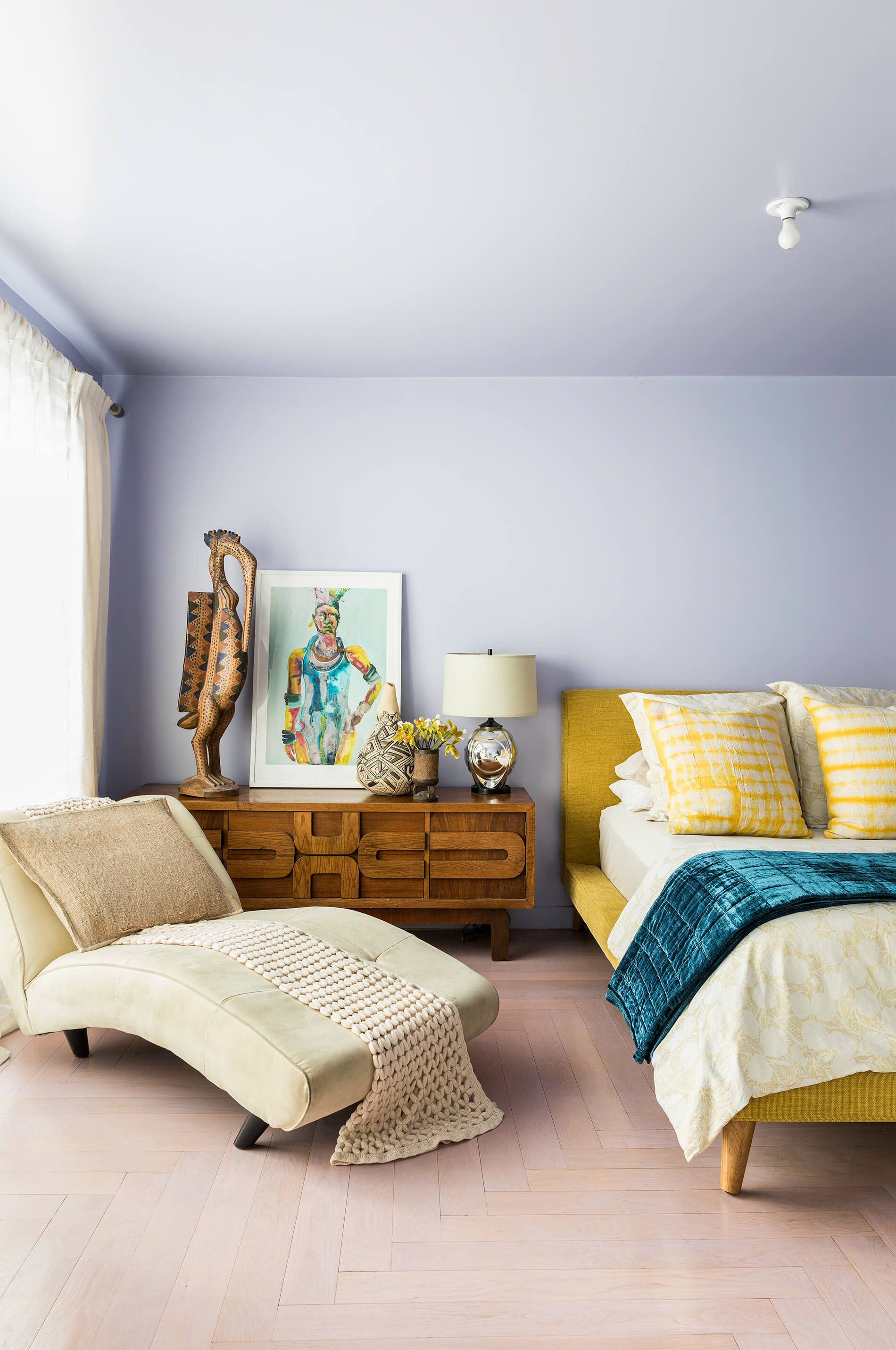
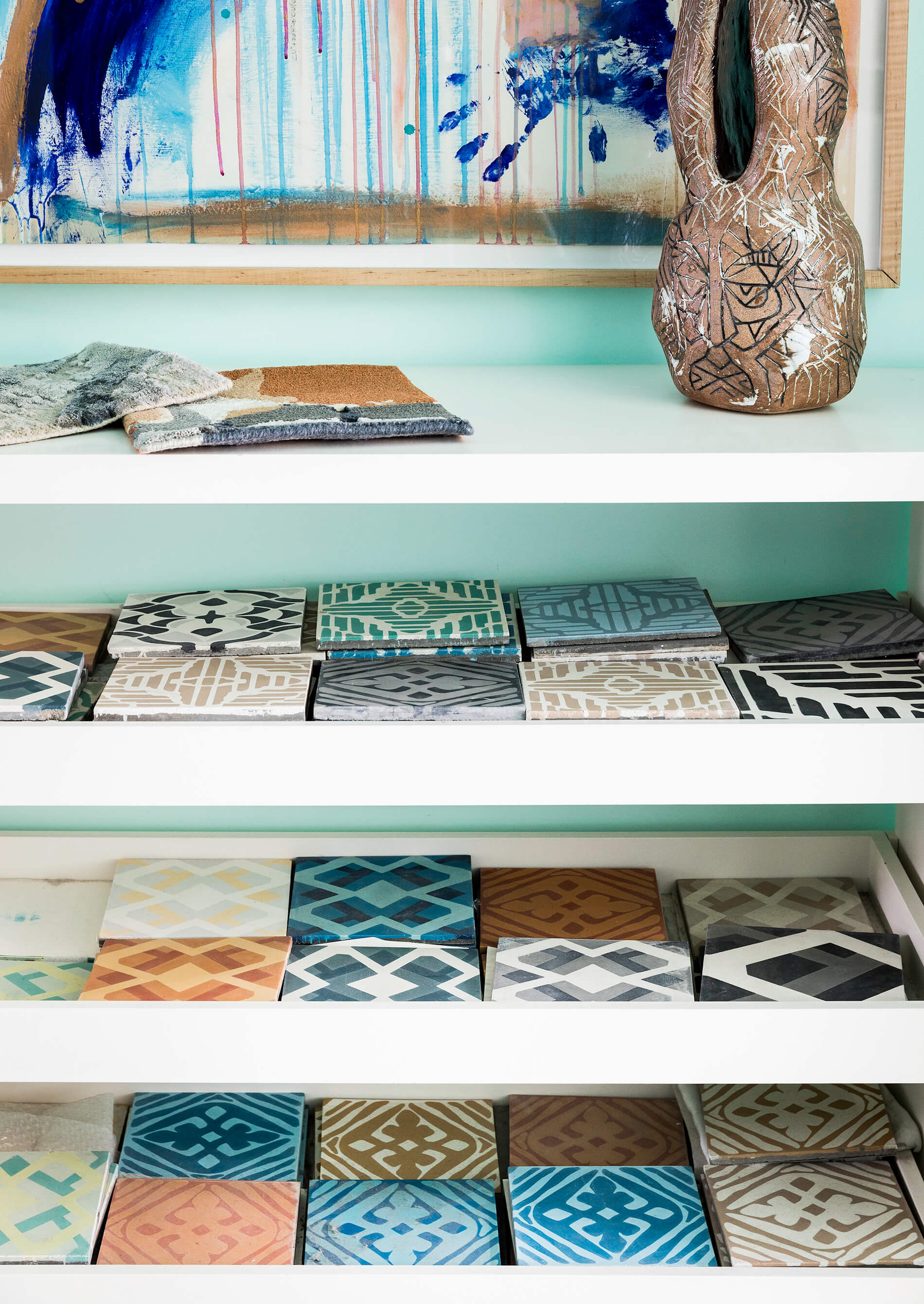
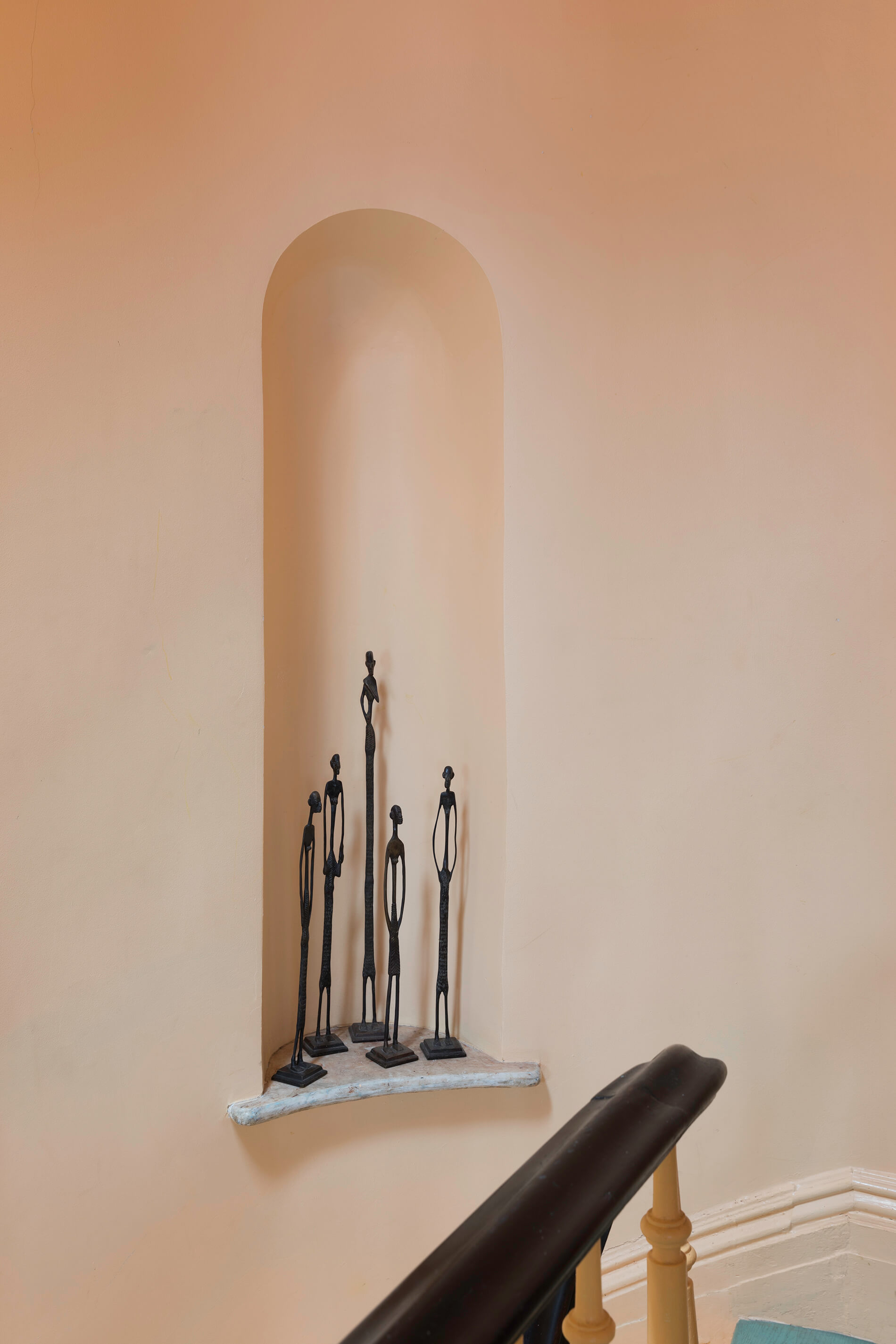
[Photos by Lesley Unruh | Styling by Heather Greene]
Editor’s note: A version of this story appeared in the Spring/Summer 2019 issue of Brownstoner magazine.
Related Stories
- Divine Pairing: Bed Stuy Townhouse Is a ‘Very Personal Mash-up’ of the Antique and the Modern
- Wondrous Beauty: Inside the Brooklyn Heights Home of Artist and Designer Kathryn Scott
- Designer Glenn Gissler’s Sophisticated Brooklyn Heights Duplex Is a Repository of Art and Antiques
Email tips@brownstoner.com with further comments, questions or tips. Follow Brownstoner on Twitter and Instagram, and like us on Facebook.





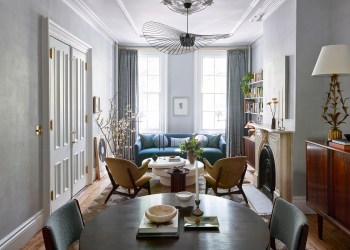
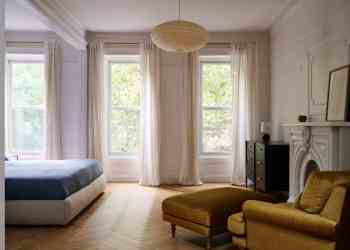


What's Your Take? Leave a Comment